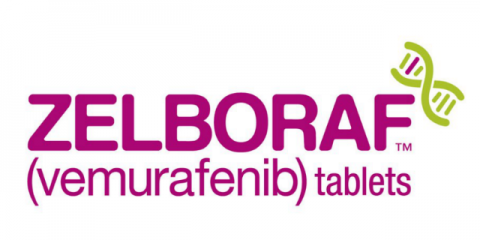In a nutshell This study looked at the safety and effectiveness of isolated limb infusion in elderly patients with melanoma of the skin on a limb (arm/leg) that could not be surgically removed. The study found isolated limb infusion to be safe and effective in elderly patients. Some background lsolated limb perfusion (ILP) is a method of...
Read MoreSite(s) of metastases-Skin or subcutaneous Posts on Medivizor
Skin-directed therapy for skin metastasis from advanced cancer: an analysis
In a nutshell The authors analyzed the effectiveness of different skin-directed therapies for skin metastasis from advanced cancers. Some background Skin (cutaneous) metastasis is defined as the spread of cancer cells from the primary tumor to the skin. Based on reports, it is estimated that 5.3% of all cancer patients can develop skin...
Read MoreCombination treatments versus single treatment in malignant melanoma
In a nutshell The authors aimed to determine whether dacarbazine was better as a single or combination therapy when treating malignant melanoma. Some background Dacarbazine (DTIC) has been the most used and effective treatment option in malignant melanoma, however it has a low response rate (reduction in the signs or symptoms of cancer) of...
Read MoreTopical treatment success in cutaneously metastatic melanoma
In a nutshell The authors aimed to determine whether diphencyprone could be used as a topical treatment in cutaneously metastatic melanoma. Some background Metastatic (spread of the cancer) melanoma is typically treated with topical and intralesional immunotherapies (restore or enhance the immune systems ability to fight). Topical therapy is...
Read MoreImproved survival with vemurafenib in patients with metastatic melanoma
In a nutshell In this phase 3 clinical trial, researchers compared the safety and efficacy of vemurafenib to the standard chemotherapy drug for melanoma, dacarbazine. Some background A genetic defect (mutation) in protein called BRAF is present in approximately 50% of melanomas. BRAF helps cells grow and multiply, so BRAF mutations are responsible...
Read More







